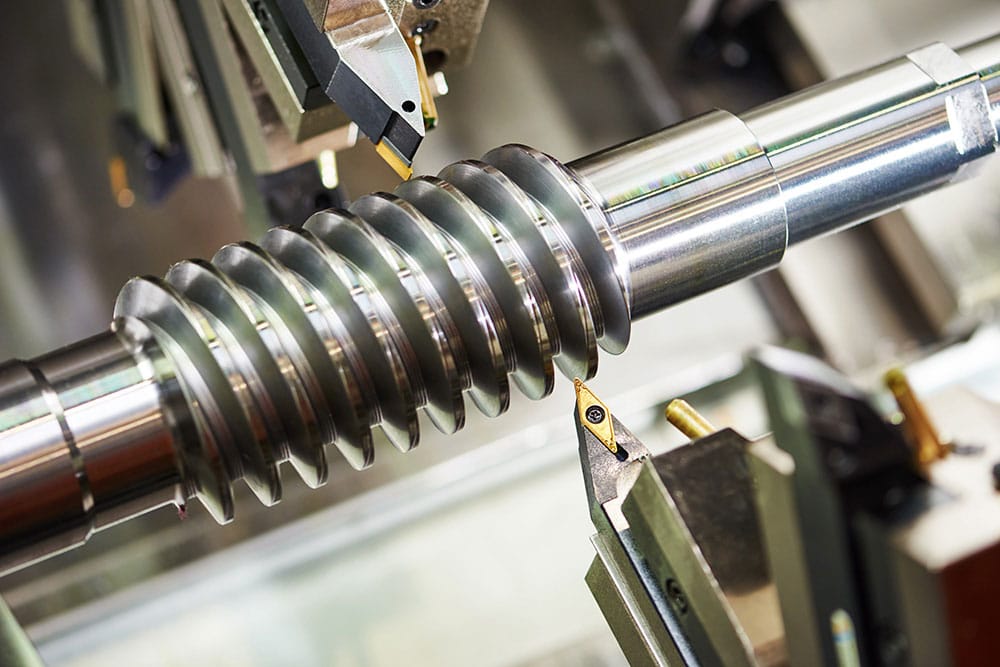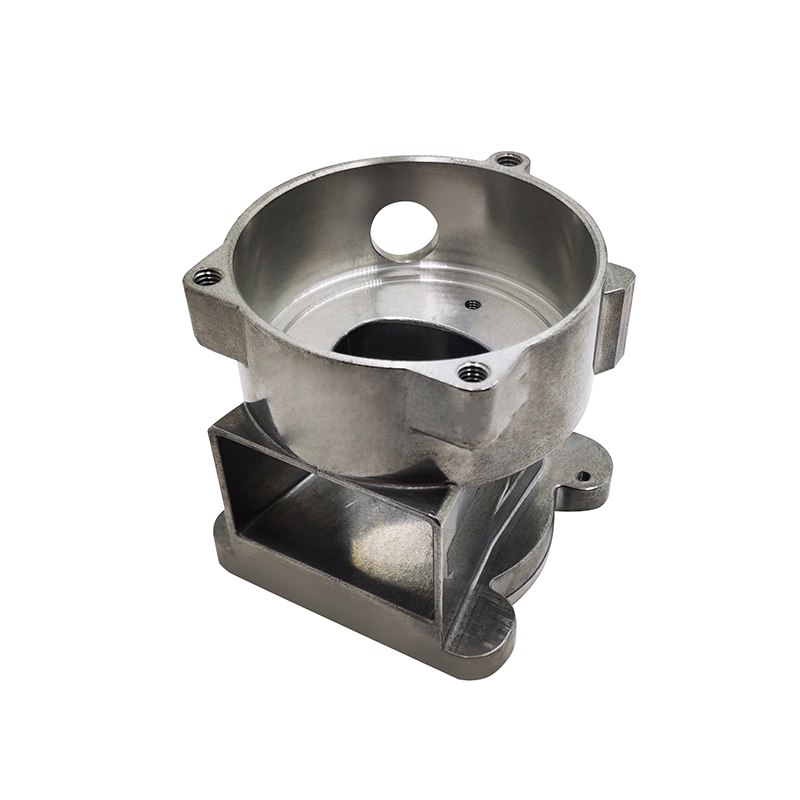Explore what makes a reliable Aluminum Foundry stand out from the rest
Wiki Article
The Evolution of Aluminum Spreading Techniques
Over the decades, different ingenious strategies have changed aluminum spreading, greatly enhancing its performance and accuracy. The development started with typical sand casting techniques, which, while reliable, frequently caused incongruities in surface area coating and dimensional precision. The intro of die spreading in the mid-20th century permitted for faster manufacturing prices and improved high quality, as molten aluminum was required right into molds under high stress, minimizing porosity and improving information.Additional developments included investment casting, which provided even better tolerances and elaborate layouts. The introduction of computer system mathematical control (CNC) technology additionally changed mold and mildew style, allowing makers to develop complex geometries with impressive precision. Today, additive production strategies, such as 3D printing for developing mold and mildews, are on the increase, permitting rapid prototyping and reduced lead times. Overall, these innovations have significantly affected the light weight aluminum casting procedure, dealing with a more comprehensive variety of commercial applications.
Advantages of Aluminum in Manufacturing
Light weight aluminum has actually ended up being a favored product in production because of its unique combination of homes that enhance performance and performance throughout numerous applications. Its lightweight nature permits lowered energy usage throughout transport and assembly, making it a cost-efficient choice for many sectors. In addition, light weight aluminum shows outstanding rust resistance, guaranteeing durability and reducing maintenance expenses.ght ratio makes it possible for the production of strong yet light-weight parts, which is especially beneficial in fields such as automotive and aerospace. Light weight aluminum likewise uses exceptional thermal and electric conductivity, making it suitable for a variety of commercial applications, including electronics and warm exchangers.
Light weight aluminum's malleability enables for intricate styles and easy manufacture, helping with the manufacturing of complicated shapes without endangering structural stability. These advantages jointly add to aluminum's expanding importance in contemporary manufacturing procedures, driving innovation and improving item performance throughout a large range of fields
Advancements in Aluminum Spreading Technology
As developments in making innovation continue to evolve, innovations in aluminum spreading have emerged, enhancing effectiveness and accuracy in production procedures. Amongst these innovations is the intro of innovative simulation software program, which enables producers to model the spreading process virtually. This technology allows the forecast of prospective defects and maximizes mold design, eventually minimizing material waste. Furthermore, the growth of brand-new alloys has actually broadened the series of applications for aluminum spreadings, boosting mechanical residential properties and rust resistance.The adoption of 3D printing for mold manufacturing has revolutionized the spreading process, allowing the development of complicated geometries that were formerly unattainable. This shift not just reduces lead times yet likewise helps with customization in manufacturing. On the whole, these developments add significantly to the quality and versatility of aluminum castings, positioning them as an essential part in the future of producing modern technology.
Influence On Production Effectiveness and Cost Decrease
While the improvement of light weight aluminum casting modern technologies introduces many benefits, its most noteworthy effect depends on enhancing manufacturing efficiency and driving cost reduction. By enhancing the spreading process, makers can produce complicated parts with greater speed and accuracy, significantly lessening waste. Technologies such as high-pressure die casting and advanced mold and mildew styles permit quicker cycle times and improved dimensional accuracy, which minimize rework and scrap prices.The lightweight nature of light weight aluminum contributes to lower transportation prices and power intake throughout production. As a result, producers can accomplish considerable economic climates of range, inevitably reducing the per-unit cost of items. The capacity to produce top notch spreadings in larger amounts additionally allows business to respond more swiftly to market demands - Precision aluminum casting. These performance gains and price savings setting aluminum spreading as an affordable advantage in the manufacturing landscape, fostering further investments in technology and capacity expansion
Applications of Light Weight Aluminum Spreading Throughout Industries
The adaptability of aluminum spreading has actually resulted in its prevalent fostering throughout various industries, maximizing the advantages of light-weight, long lasting components. In the automobile industry, aluminum spreadings are used for engine blocks, transmission housings, and wheels, adding to sustain effectiveness and performance. The aerospace market utilizes light weight aluminum spreadings for architectural parts, where weight decrease is essential for flight efficiency. In enhancement, the customer electronic devices field leverages aluminum casting for tool housings and parts, improving resilience while preserving a streamlined style. The building and construction market likewise benefits from light weight aluminum castings, using them in window frames and building aspects that call for both stamina and aesthetic charm. The clinical field utilizes light weight aluminum castings for tools and devices, where precision and dependability are extremely important. Generally, the diverse applications of aluminum spreading across these markets demonstrate its important function in progressing modern production practices.
The Future of Aluminum Casting in Manufacturing
Development in light weight aluminum casting innovation guarantees to reshape making processes in the coming years. Advances such as 3D printing and computer-aided style are enhancing production, enabling a lot more intricate geometries and minimized waste. The integration of automation and robotics enhances effectiveness, making it possible for producers to produce top notch components with minimal human intervention. Additionally, the development of brand-new aluminum alloys enhances stamina and resilience, expanding the possible applications in markets like aerospace and auto.As sustainability comes to be a top priority, reusing capacities within light weight aluminum casting will boost, reducing environmental impact. The implementation of smart production techniques, consisting of IoT and data analytics, will certainly additionally maximize production workflows and upkeep practices. These innovations not only enhance functional performance however additionally reduced prices, making aluminum casting an even much more attractive choice for makers. Inevitably, the future of aluminum casting holds assurance for technology, sustainability, and boosted competition in the worldwide market.
Often Asked Inquiries
What Safety And Security Procedures Are Involved in Light Weight Aluminum Casting Processes?
Precaution in light weight aluminum casting processes include protective equipment, proper ventilation, training on tools usage, routine upkeep of equipment, surveillance of liquified steel temperatures, and adherence to safety and security protocols to prevent accidents and assurance worker wellness.
Just How Is Light Weight Aluminum Spreading Environmentally Sustainable?
Light weight aluminum casting is environmentally lasting due to its recyclability, power effectiveness, and lowered greenhouse gas exhausts. The use of recycled aluminum significantly reduces the energy required for manufacturing, decreasing ecological impact while preserving natural deposits.What Are Common Defects in Aluminum Castings?
Usual problems in aluminum castings consist of porosity, contraction, misruns, cold shuts, and additions. These concerns can develop from inappropriate temperature level control, inadequate mold design, or contamination, affecting the total top quality and honesty of the end product.Can Light Weight Aluminum Spreading Be Reused?
Yes, read more light weight aluminum spreading can be reused. The reusing process reduces power intake and ecological impact, permitting for the reuse of light weight aluminum in brand-new items. This sustainability aspect improves its allure in various manufacturing industries.What Industries Mostly Use Light Weight Aluminum Casting?
Light weight aluminum casting is mainly used in the vehicle, aerospace, durable goods, and electronic devices sectors. These markets benefit from aluminum's lightweight, corrosion-resistant properties, boosting product efficiency, efficiency, and resilience across various applications and parts.
Over the years, different ingenious strategies have actually changed light weight aluminum casting, considerably improving its performance and precision. As improvements in manufacturing innovation continue to develop, technologies in light weight aluminum casting have actually arised, enhancing performance and precision in production processes. While the improvement of aluminum casting innovations presents various benefits, its most notable effect lies in enhancing production efficiency and driving price decrease. The aerospace sector employs aluminum spreadings for architectural parts, where weight decrease is crucial for trip efficiency. Light weight aluminum casting is environmentally lasting due to its recyclability, energy effectiveness, and reduced greenhouse gas emissions.
Report this wiki page